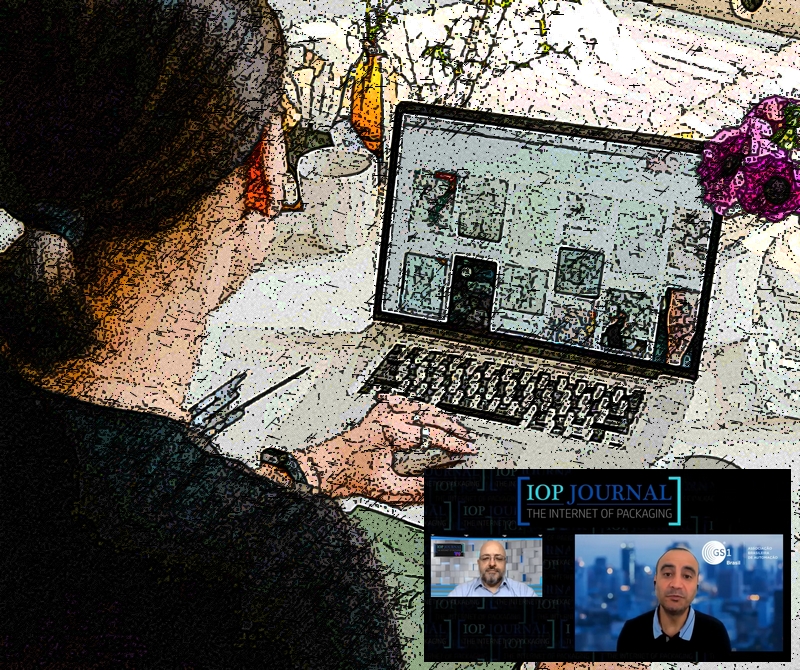Edson Perin
GS1 is following the growth of marketplaces as a retail solution in the World and in Brazil too. The international organization operates in more than 150 countries, leading product serialization standards globally. The objective is to ensure more agility to retail in general, including online. The growth of marketplaces, a kind of online malls, is part of an evolution of retail business, especially in the online world, which has intensified with the pandemic.
Standardized serialization has become a growing need with the expansion of marketplaces, according to Marcelo Sá, an executive at GS1 Brazil. “Marketplaces have been in the Brazilian market for some time. Some associations claim that online shopping has existed in the country for more than 20 years. The concept has been growing in recent years, and it’s like a virtual shopping mall. One company owns the platform that controls the marketplace and others sell through this platform.”
Click here to watch the full interview.

In the view of the GS1 executive, the marketplace model is bringing many benefits around the world, growing at double digits for more than a decade in Brazil and worldwide. “[The marketplace model] has changed the way people shop, but without replacing the physical store, which has other benefits, complementary to the marketplace. And it serves the consumer who seeks ease and tranquility, which is already adapted to the purchase model of the physical and virtual worlds”.
For Sá, marketplaces represent an evolution of retail. “Many stores are evolving to online, without leaving the traditional model, because they understand that there are consumer profiles for each store model”.
“In terms of the evolution of marketplaces, we cannot compute the entire growth in the pandemic account, which was already more than double digits before that”, explains Sá. “The pandemic accelerated the entry of new buyers, customers, into the marketplaces. The beginning of the pandemic, even when people stayed in their homes in lockdown, brought a new consumer into the marketplaces. And, after losing their fear of the online world, consumers are increasingly shopping online. It is a current process of retail evolution”.
Sá says that “often, in a physical store, I buy products that I can take with me at the same time of purchase, but to meet this need, this type of experience in the online world, marketplace companies need to organize themselves better, to deliver the products ; this is what is happening now, with some marketplaces creating their own Distribution Centers”.
The standardization of product codes is part of this evolution, with a very important role. “It is natural that when companies grow they need to organize themselves better, especially better control their inventories. Today, when you buy online, you are clicking on an image and choosing a quantity of the products you saw in that image. Behind this, there are other company business processes to ensure that this product reaches your home. And for this, standardization is fundamental”.
“With GS1”, says Sá, “what we call a GTIN, that is, the unique identifier of the product, will make that photo be related to the product that was purchased. In this sense, GS1 is working with the marketplaces so that the products are correctly identified and delivered to the consumer”. The GTIN can be placed in a conventional barcode or in a 2D – QR Code or Datamatrix. “Thus, GS1 has guided retail and marketplaces to use the correct code for each stage of business operations.”
Inside and outside Brazil, GS1 is working to bring the best solution to the marketplaces, according to Sá. “Internally, in Brazil, GS1 associates also receive information to gain more agility, greater than the traditional model. It is a global movement as well as a national one”.
Image: photo art by Antoni Shkraba



















